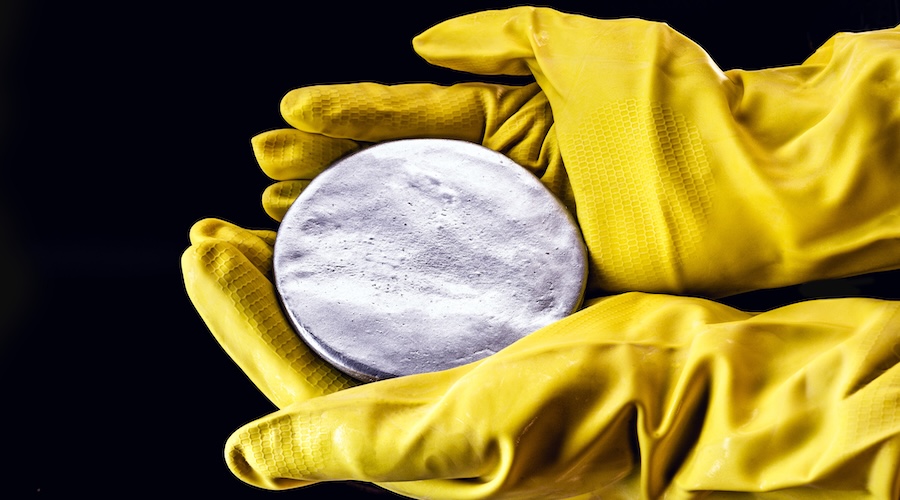Palladium price jumps to three-year high

A near three-month-old strike at South Africa’s PGM mines showing no signs of ending and a stand-off between the West and Russia have combined to push the palladium price to a more than three-year high on Wednesday.
June palladium futures jumped more than 1.5% to $829.10 an ounce in New York, the highest level since March 2011, before easing slightly to $827.55 an ounce in late afternoon trade. The palladium price has now advanced 15% this year.
July platinum also strengthened by more than 2% or nearly $30 an ounce to $1,483.20, the highest since early March and up 8% in 2014.
South Africa and Russia combined account for close to 80% of global supply of palladium and 70% of platinum which is mainly used to clean emissions in automobiles.
More than 70,000 workers at the world’s three largest platinum and palladium producers, Anglo American Platinum (LON:AAL), Impala Platinumm (OTCMKTS:IMPUY) and Lonmin (LON:LMI), went on strike January 23.
The bitter dispute has recently turned more violent with a number of reported deaths as striking union members prevent others from returning to work and reports of police in armoured vehicles patrolling residential areas surrounding some of the mines.
The militant union is suing producers in South Africa’s labour court because the miners took their latest offer directly to workers.
According to a website set up by producers the companies’ have lost combined revenue of R17.8 billion (more than $1.6 billion) while striking workers have lost nearly $800 million in forfeited wages.
Roughly 10,000 ounces of platinum production and 5,000 ounces of palladium are lost each day the strike drags on. Even when strikers do return to work it would take up to three months to restart production.
Rising tensions between US and European nations and Russia, over the latter’s involvement with separatists in neighbouring Ukraine, have raised fears that Russia may use its vast palladium stockpiles and mine output to punish the West.
Europe’s car industry is the top consumer of platinum and palladium and supply problems are putting in doubt a nascent recovery in the industry after six years of declining output and sales.
Another factor boosting the the palladium price is the launch earlier this year of two physical palladium-backed exchange traded funds in Johannesburg in April which have already attracted some 400,000 ounces. Holdings in a platinum ETF listed a year ago on the Johannesburg Securities Exchange are at record levels.
Image from Youtube file footage
{{ commodity.name }}
{{ post.title }}
{{ post.date }}




Comments